Imagine a world where your favorite on-demand video platform knows what you like to watch without you having to look for something for 30 minutes straight. Sounds like a dream? Well, get ready to wake up to reality as we delve into the fascinating realm of predictive segmentation and its game-changing impact on the media and entertainment industry.
On-demand video platforms have become an indispensable part of our lives. From binge-watching our favorite shows on weekends to catching up on the latest blockbuster hits on our daily commute, these platforms have transformed the way we consume entertainment. In 2023, revenue from OTT video platforms will be close to $300 billion. With the ever-increasing competition in the market, these platforms face a monumental challenge – how to engage and retain viewers amidst the sea of content choices.
Here’s where the magic of predictive segmentation comes into play. One-size-fits-all content recommendations are a thing of the past. Viewers now demand tailored experiences that resonate with their unique tastes and preferences. To stay ahead in this cutthroat industry, on-demand video platforms need to harness the power of data to understand their viewers on a deeper level.
Predictive segmentation acts as a key to unlock the treasure trove of viewer insights. By analyzing vast amounts of data, including past viewing behavior, genre preferences, watch time, and interactions, platforms can gain a comprehensive understanding of their audience. Gone are the days of relying on gut feelings or generalized assumptions. Today, data-driven decision-making reigns supreme.
Understanding Predictive Segmentation in the Media and Entertainment Industry
Predictive segmentation is a powerful tool that can help on-demand video platforms deliver personalized content recommendations at scale. By analyzing user data and identifying patterns, predictive segmentation can predict what content users are likely to be interested in, even before they know it themselves.
This is especially important in the media and entertainment industry, where there is a vast amount of content available. With so many options to choose from, it can be difficult for users to find the content that they are really interested in. Predictive segmentation can help to solve this problem by recommending the most relevant content to users based on their individual preferences.
Here are some of the challenges faced by on-demand video platforms in delivering personalized content recommendations at scale:
- The sheer volume of data: On-demand video platforms generate a massive amount of data about user behavior. This data can be used to create detailed user profiles, but it can also be overwhelming to manage.
- The need for real-time personalization: Users expect to be able to find the content they are looking for quickly and easily. This means that on-demand video platforms need to be able to deliver personalized recommendations in real time.
- The need for continuous improvement: User preferences change over time. On-demand video platforms need to be able to continuously update their recommendations to keep up with these changes.
Types of Predictive Segments
There are two main types of predictive segments:
- Static predictive segments can be useful for identifying broad trends in user behavior. For example, a static predictive segment could be created to identify all users who have watched a certain TV show. This information could then be used to target these users with marketing campaigns for related content.
- Dynamic predictive segments are more complex, but they can be more effective at personalizing content recommendations. For example, a dynamic predictive segment could be created to identify users who are likely to be interested in a specific TV show based on their past viewing behavior, search history, and other factors. This information could then be used to recommend the TV show to these users when they are browsing the platform.
Use Case 1: Personalized Recommendations Based on Genre Preferences
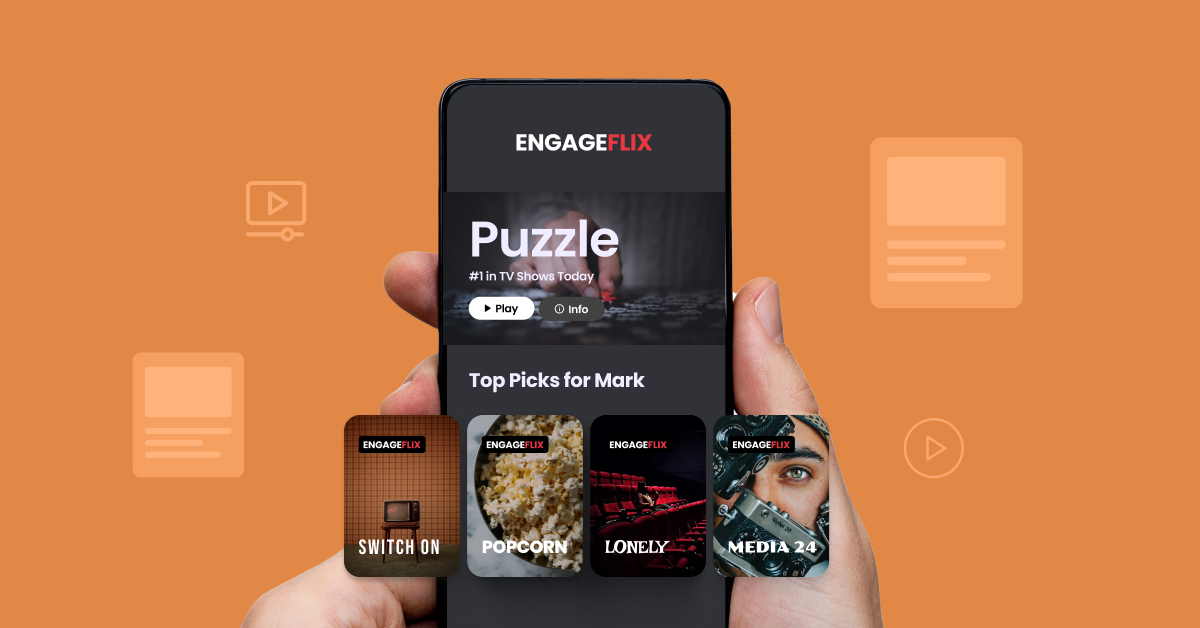
How predictive segmentation helps on-demand video platforms analyze viewer data to understand individual genre preferences
On-demand video platforms generate a massive amount of data about user behavior. This data can be used to create detailed user profiles, including their viewing history, search history, and other factors. Predictive segmentation can help platforms analyze this data to identify patterns in user behavior. For example, a platform could use predictive segmentation to identify users with varying degrees of likelihood to be interested in a specific genre of content, such as action movies or romantic comedies.
Once a platform has identified users’ genre preferences, it can use this information to deliver personalized content recommendations. For example, when a user logs into the platform, they could be presented with a list of recommended videos that are based on their genre preferences. The platform could also use predictive segmentation to target users with personalized marketing campaigns for content that is likely to interest them.
The impact of personalized recommendations
Personalized content recommendations can have a significant impact on viewer satisfaction, watch time, and platform loyalty. When users are presented with content that is relevant to their interests, they are more likely to be satisfied with their viewing experience. This can lead to increased watch time, as users are more likely to continue watching content that they enjoy. Additionally, personalized recommendations can help to drive platform loyalty, as users are more likely to stick with a platform that provides them with the content that they want.
Here are some specific examples of how on-demand video platforms are using predictive segmentation to deliver personalized content recommendations:
- Netflix uses predictive segmentation to recommend movies and TV shows to users based on their viewing history, ratings, and search history.
- Hulu uses predictive segmentation to recommend content to users based on their location, the time of day, and other factors.
- Amazon Prime Video uses predictive segmentation to recommend content to users based on their purchase history, product reviews, and other factors.
These are just a few examples of how on-demand video platforms are using predictive segmentation to deliver personalized content recommendations. As the technology continues to evolve, we can expect to see even more innovative and personalized ways to recommend content to users.
Use Case 2: Audience Segmentation for Targeted Content Promotion

Predictive segmentation has emerged as a game-changer for on-demand video platforms, empowering providers to wield user data with remarkable precision. Predictive segmentation acts as a potent toolto break down their audience into distinct groups based on various factors. Demographic data, such as age, gender, and location, provides a foundational understanding of their user base. Psychographic data, including preferences, interests, and attitudes, delves deeper into the minds of viewers. Additionally, analyzing viewing behavior data offers insights into the genres, themes, and specific content that captivates different segments of the audience.
As and when these segments are established, on-demand video platforms can tailor their content promotions and recommendations with exceptional precision. By understanding the preferences and behaviors of each segment, the platform can serve them relevant content that resonates deeply.
A customer data platform (CDP) can help on-demand video platforms unify different data sources, such as user profiles, viewing history, and purchase history. This allows platforms to create a 360-degree picture of each user, which can be used for more accurate predictive segmentation.
The benefits of audience segmentation
There are many benefits to audience segmentation, such as:
- Improved content discovery: When users are presented with content that is relevant to their interests, they are more likely to discover new content that they will enjoy.
- Increased engagement: When users see content that they are interested in, they are more likely to engage with it, such as watching it, sharing it, or commenting on it.
- Higher conversion rates: When users are targeted with content that is relevant to their interests, they are more likely to convert, such as subscribing to a channel, purchasing a product, or signing up for a service.
Use Case 3: Churn Prediction and Proactive Retention Strategies
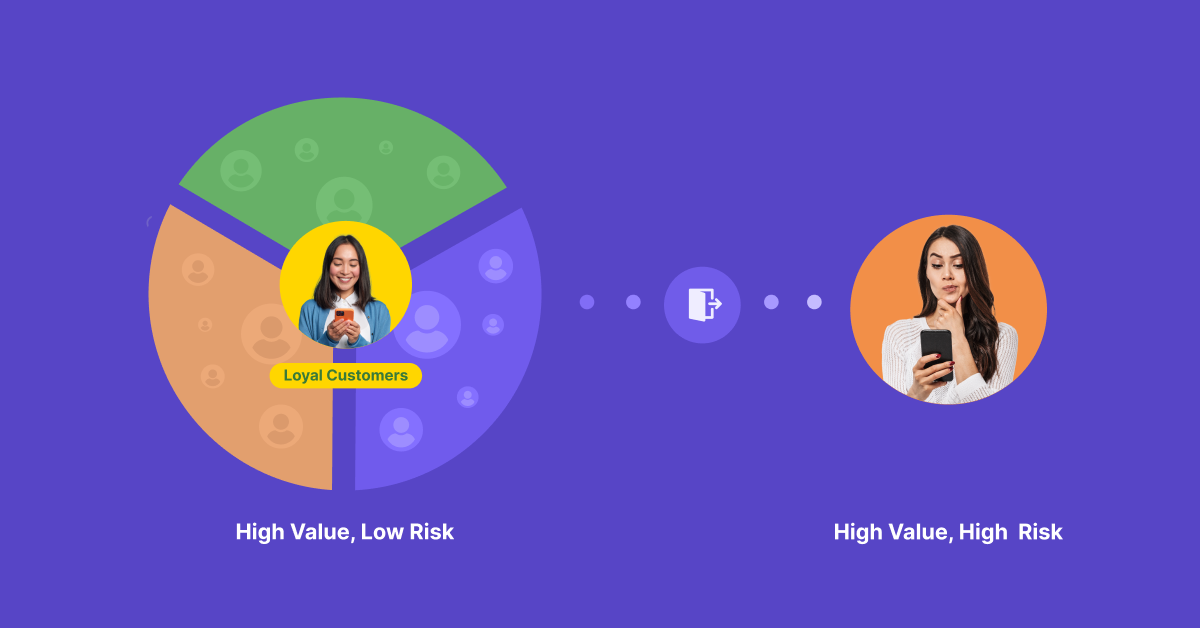
How predictive segmentation helps on-demand video platforms identify patterns and indicators of viewer churn
Imagine this: a platform identifies users who haven’t watched anything in a specific period or those who’ve hit the dreaded “unsubscribe” button. Those can be some useful pointers to predict churn.
So, what do on-demand video platforms do with this valuable intel? Well, they get proactive! Armed with this knowledge, platforms can implement retention strategies to keep their users happy and glued to the screen. Personalized offers, timely re-engagement campaigns, and targeted content recommendations are just some of the ways they work their magic. These strategies can include personalized offers, timely re-engagement campaigns, and targeted content recommendations.
- Personalized offers: Platforms can use predictive segmentation to identify users who are likely to be interested in specific offers, such as discounts on subscriptions or free trials of new content.
- Timely re-engagement campaigns: Platforms can use predictive segmentation to identify users who have not been active in a certain period of time. These users can be targeted with re-engagement campaigns, such as email reminders or push notifications, to encourage them to come back to the platform.
- Targeted content recommendations: Platforms can use predictive segmentation to identify users who are likely to be interested in specific content. These users can be recommended content that is relevant to their interests, which can help to keep them engaged on the platform.
The positive impact of churn prediction
Churn prediction and proactive retention can have a significant impact on reducing customer churn and increasing viewer loyalty. By identifying users who are likely to churn, platforms can take steps to prevent them from leaving. This can save the platform money in customer acquisition costs, and it can also help to retain valuable customers.
Here are some additional benefits of churn prediction and proactive retention:
- Increased revenue: By reducing churn, platforms can increase their revenue by retaining more customers.
- Improved customer satisfaction: Proactive retention strategies can help to improve customer satisfaction by keeping users engaged and satisfied with the platform.
- Increased brand loyalty: By showing that they value their customers, platforms can build loyalty and encourage customers to continue using the platform.
At WebEngage, we use RFM analysis to ensure that you get the best out of customer retention. Read here to find out how.
Use Case 4: Ad Targeting and Revenue Optimization
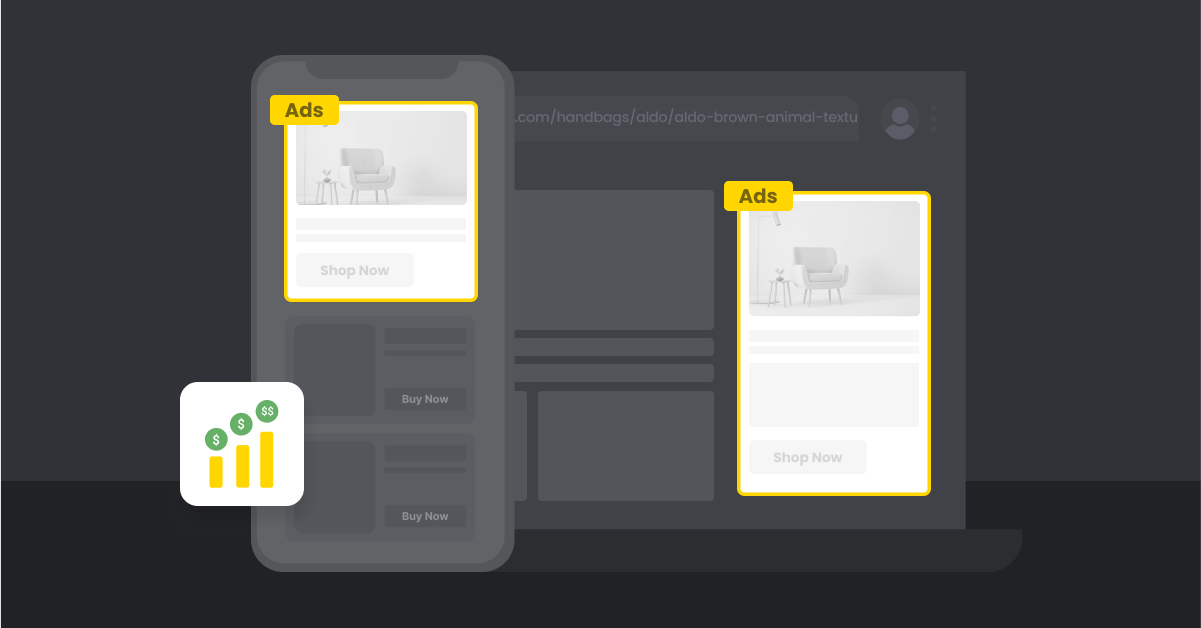
How predictive segmentation assists on-demand video platforms in optimizing ad targeting
On-demand video platforms generate a massive amount of data about user behavior, such as viewing history, demographics, and interests. This data can be used to create detailed profiles of each user, which can then be used to target ads more effectively. Predictive segmentation is a powerful tool that can help on-demand video platforms optimize ad targeting by identifying patterns in user behavior and predicting which ads are most likely to be clicked on by each user.
Platforms can use this information to deliver personalized ads to specific viewer segments. This can help to increase ad engagement and revenue. For example, a platform could target users who have watched a certain genre of content with ads for products or services that are related to that genre.
The importance of balancing ad personalization with viewer privacy and transparency
While predictive segmentation can be a powerful tool for increasing ad engagement and revenue, it is important to balance ad personalization with viewer privacy and transparency. Platforms should always provide users with the option to opt out of personalized ads, and they should be clear about how their data is being used.
Here are some of using predictive segmentation for ad targeting:
- Increased ad engagement: Personalized ads are more likely to be clicked on by users, which can lead to increased ad engagement.
- Increased brand awareness: Personalized ads can help to increase brand awareness by exposing users to new products and services that they might be interested in.
- Improved customer satisfaction: Users are more likely to be satisfied with a platform that provides them with relevant ads.
Here are some tips for balancing ad personalization with viewer privacy and transparency:
- Give users the option to opt out of personalized ads. This allows users to control how their data is used for ad targeting.
- Be clear about how your data is being used. Let users know what data you collect, how you use it, and how they can control it.
- Use ad personalization in a responsible way. Don’t use ad personalization to exploit users or to target them with sensitive or inappropriate content.
By following these tips, you can use predictive segmentation to improve ad targeting and revenue while also protecting user privacy and transparency.
Use Case 5: Content Production and Investment Decisions

With predictive segmentation, on-demand video platforms gain a strategic advantage in content creation and acquisition. By analyzing viewer preferences and trends, they can tailor their content production efforts to deliver what viewers want most. Be it specific genres, themes, or formats – platforms can align their content offerings with the exact preferences of their audience.
Furthermore, predictive segmentation helps identify content that’s likely to thrive. By recognizing the rising trends and viewing patterns, platforms can invest wisely, reducing production risks and ensuring a higher chance of success for new content.
Embracing data-driven content decisions brings forth a host of benefits for on-demand video platforms and their audience alike. By catering precisely to viewer preferences, platforms can enhance content relevance, offering a more personalized and satisfying viewing experience. When viewers find content that matches their tastes, they’re more likely to stay engaged and satisfied with the platform.
Reducing production risks is yet another feather in the cap of predictive segmentation. Armed with insights into what works best, platforms can optimize their content investments, ensuring resources are directed towards projects that are well-aligned with their audience’s interests.
Conclusion
In conclusion, the role of predictive segmentation in the world of on-demand video platforms is undeniable, as demonstrated by the five compelling use cases explored in this blog. By harnessing the power of user data, predictive segmentation empowers platforms to tailor their content offerings, optimize promotional strategies, and foster long-lasting relationships with their audience.
In the fast-paced media and entertainment industry, predictive segmentation is the key to unlocking the full potential of personalized experiences and viewer engagement. We encourage all on-demand video platforms to embrace this transformative technology to gain a competitive edge in today’s dynamic landscape.
Don’t miss out on the opportunity to elevate your platform to new heights. Take the next step and explore WebEngage’s predictive segmentation capabilities to see how it can revolutionize your on-demand video platform, elevating it to unprecedented levels of success and user satisfaction.




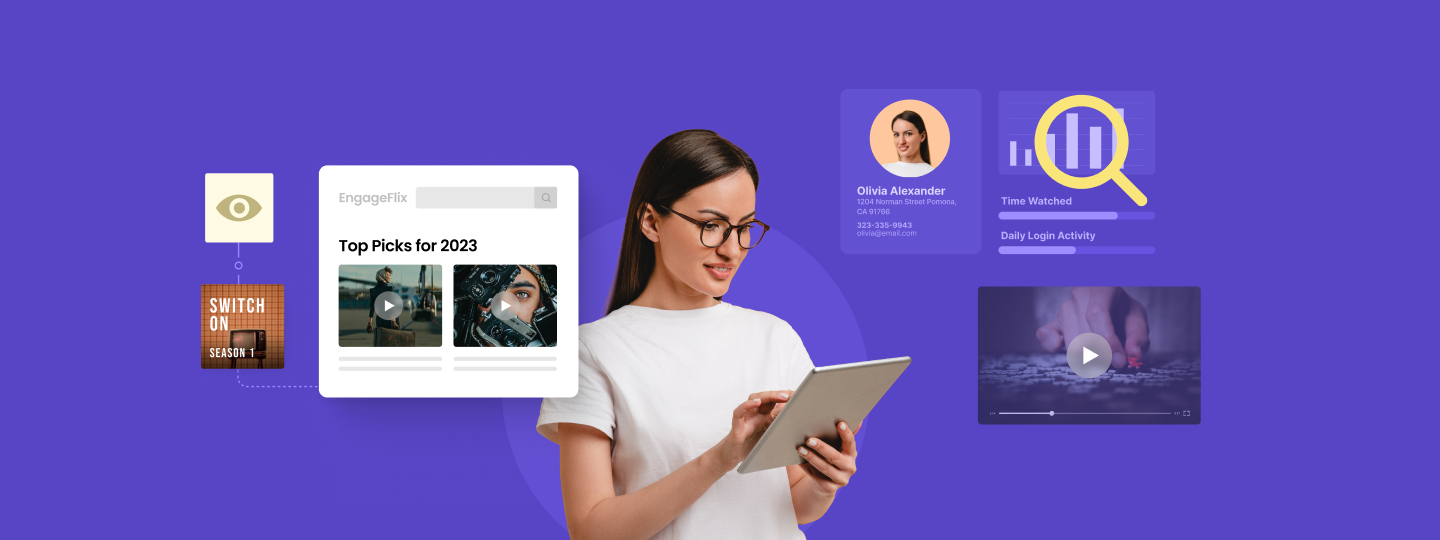

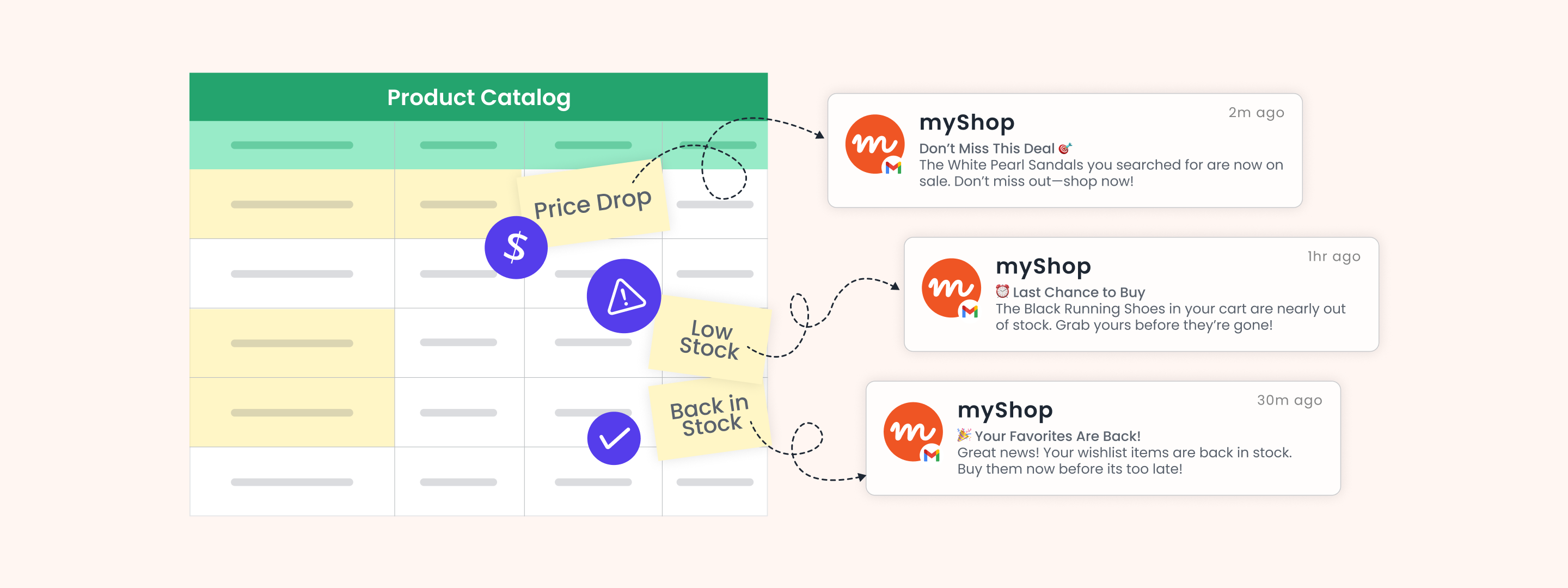
 Sanjay Mishra
Sanjay Mishra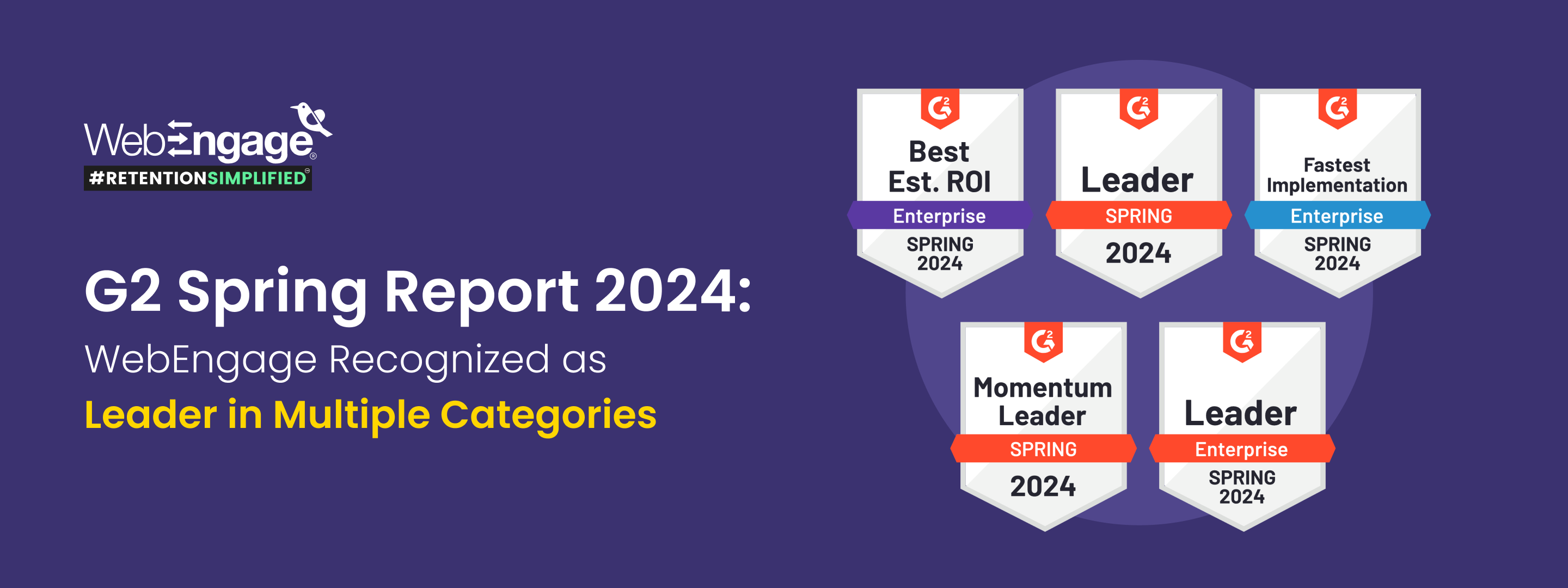
 Surya Panicker
Surya Panicker
 Amit Shinde
Amit Shinde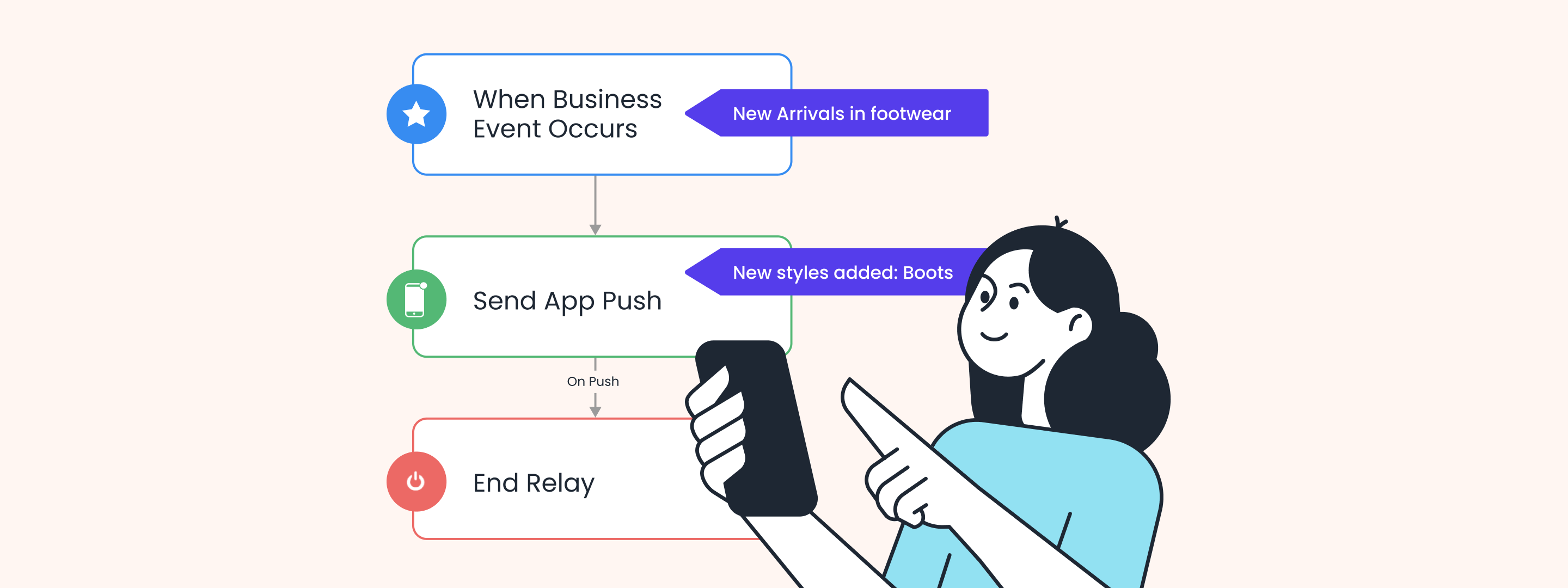
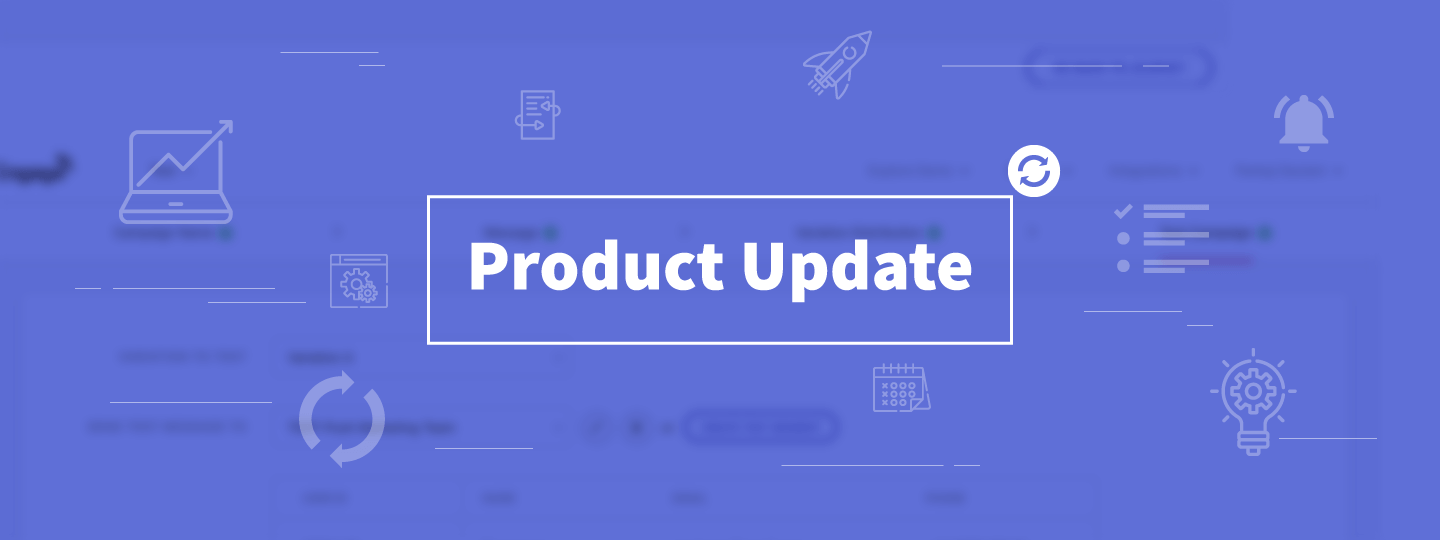
 Harshita Lal
Harshita Lal
 Prakhya Nair
Prakhya Nair